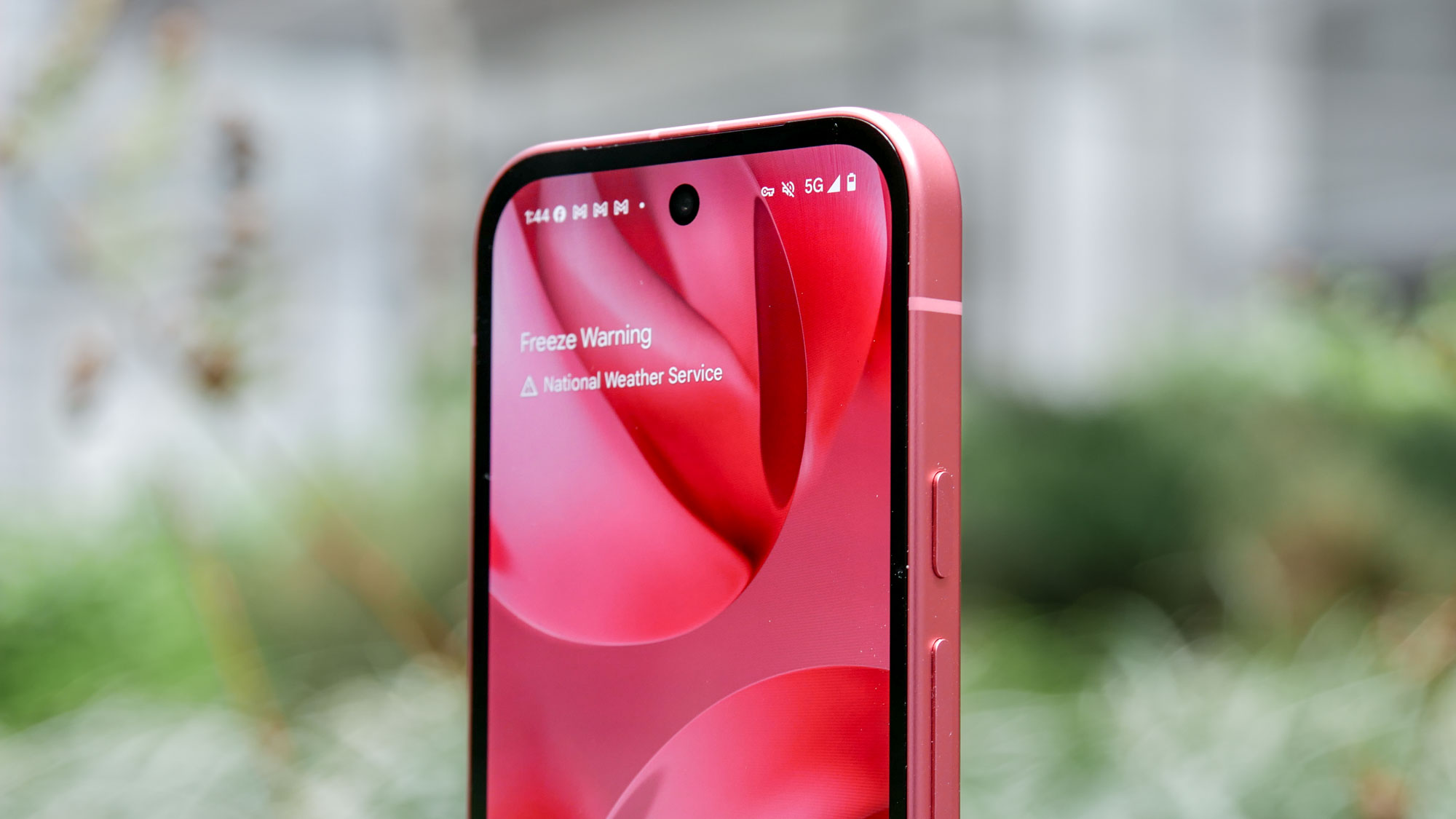OnePlus 5T Hands-On: Android's Budget Darling Goes Full-Screen
The OnePlus 5 has been one of our favorite handsets of the year, but the 5T is set to improve on the earlier phone with a bigger display, camera tweaks, and a new Face Unlock feature.
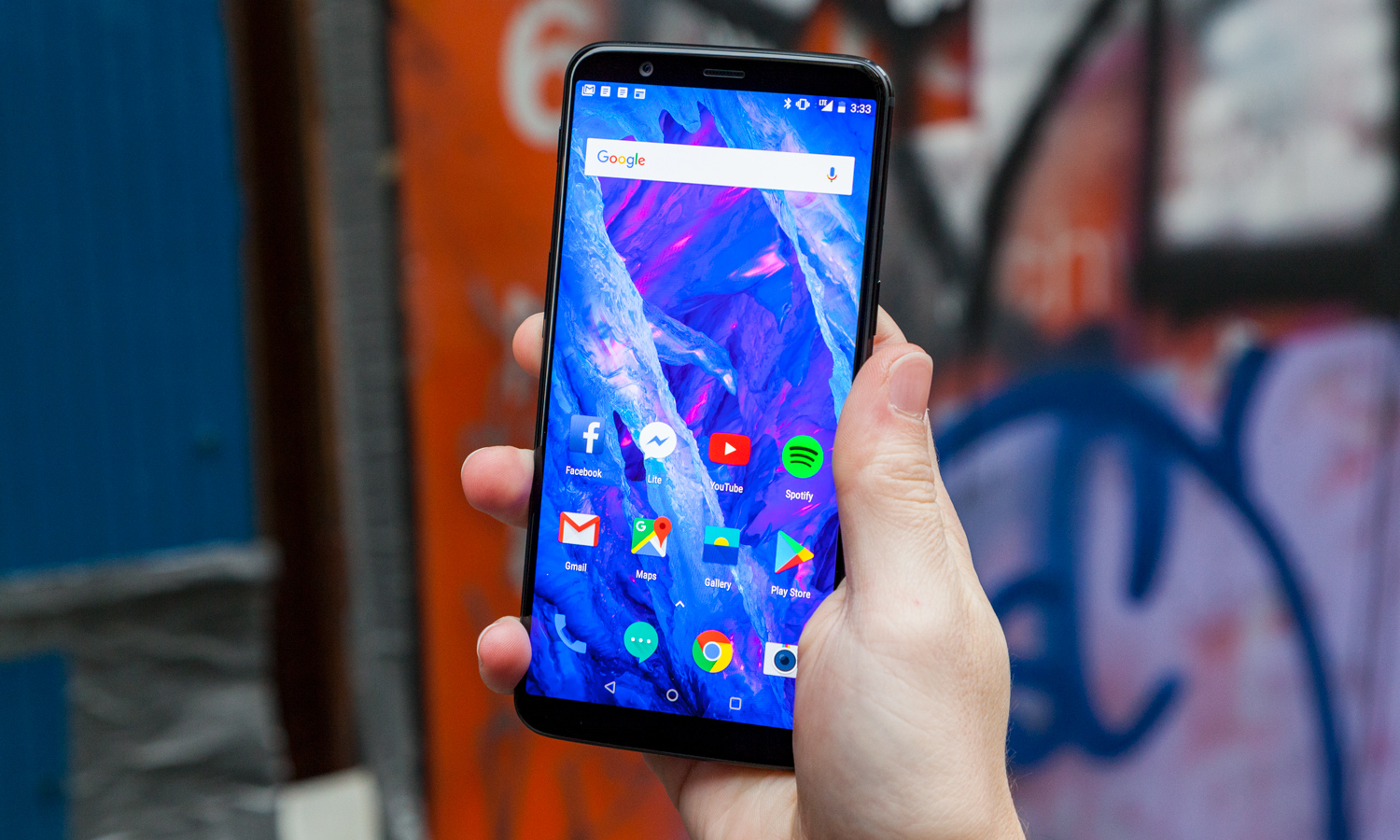
OnePlus is giving its flagship phone a new look. The OnePlus 5, released less than four months ago, is making way for the OnePlus 5T, which sports a design more in line with that of the latest Galaxy phones from Samsung.
The $499 OnePlus 5T trades the OnePlus 5's 5.5-inch, full-HD AMOLED screen with a 6-inch panel surrounded by smaller bezels. OnePlus says this new device wasn't always in the phone maker's plans, but the company felt it had to quickly react to the rising trend of full-screen smartphones like the Note 8, iPhone X and others.
New Display, Familiar Design
We've had just a short amount of time with the OnePlus 5T, but the new phone's AMOLED screen, which boasts a 2160 x 1080 resolution, seems suitably vibrant. The 5T also gains a new Sunlight Display feature, which automatically boosts contrast when ambient light is plentiful, somewhat like the True Tone feature Apple added to its latest round of iPhone updates.
To make room for the larger screen on the 5T, OnePlus moved the fingerprint sensor to the back of the handset. Unlike on the Galaxy S8 and Note 8, however, the sensor is placed squarely in the center, making it much easier to locate.
In other respects, though, the 5T has the same feel as its predecessor. The rounded, sandblasted-aluminum chassis returns for an encore, and the end result is a dead ringer for the OnePlus 5, just a hair taller and wider with a slightly more noticeable camera bump. Best of all, there's still a headphone jack on this new phone.
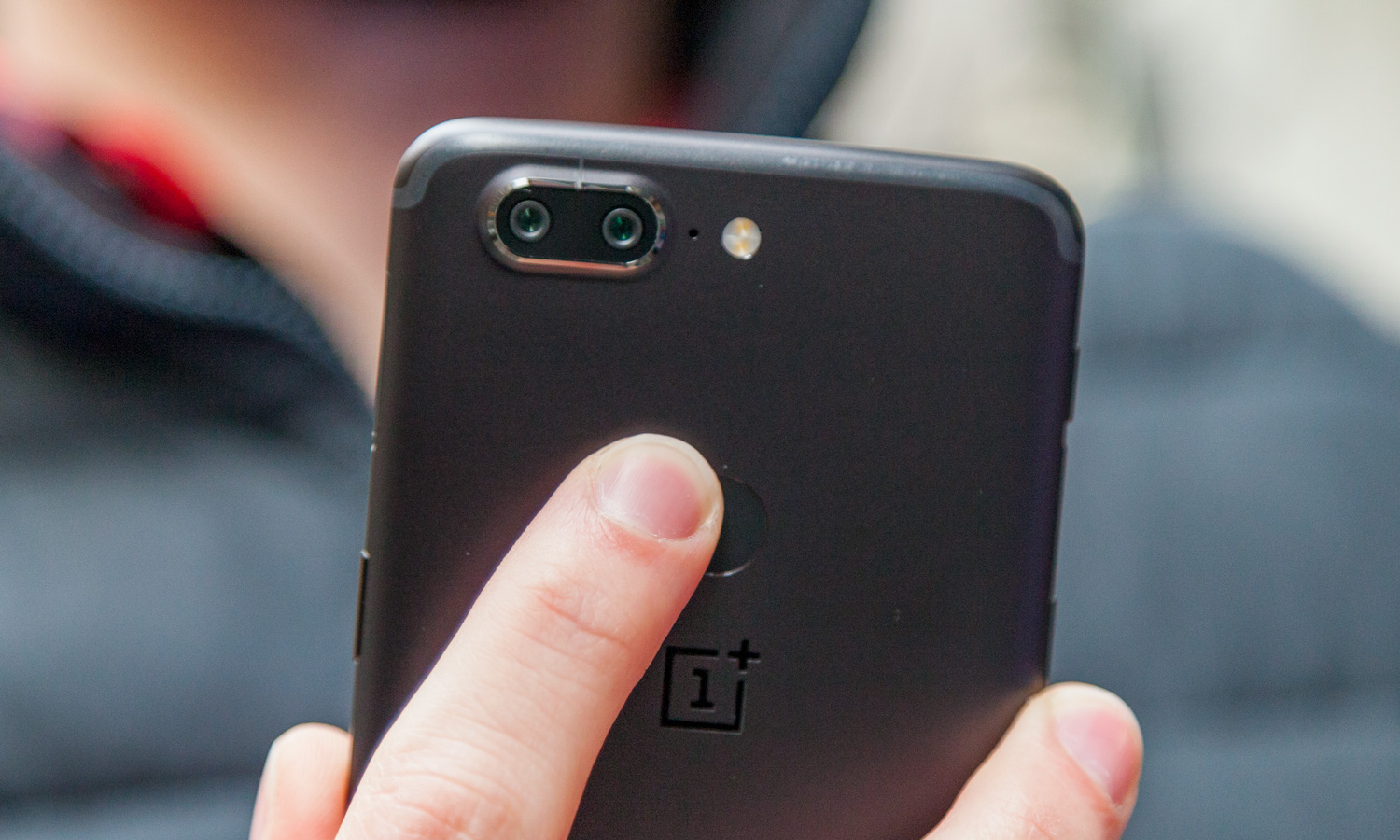
The internal specs are pretty much identical to those on the OnePlus 5, too. You'll get the same 3,300-mAh battery that lasted more than 13 hours on our battery test. The processor is once again Qualcomm's Snapdragon 835. Buyers will also have their choice between 6GB and 8GB of RAM, with the base 6GB version matching the memory on the Note 8.
New Features: Face Unlock and New Camera
The 5T does have a few new software and camera improvements the OnePlus 5 won't see, like Face Unlock and better camera performance in low light.
First, Face Unlock. Let's be clear: This is not Face ID-caliber authentication, and OnePlus is well aware of that. The 5T's front camera uses a 2D image of your face, not a 3D map as employed by the iPhone X and its True Depth system. Think of it as an expansion of Android's existing Trusted Face recognition, but made to work a little faster and exclusive to the 5T.
In practice, I found that OnePlus' Face Unlock was indeed quicker than Trusted Face, oftentimes unlocking the OnePlus 5T practically as I pressed the wake button. Face Unlock worked well across many scenarios, though it struggled in low light. But when it did work, I just had to point the phone at my face, and I was through to the home screen. Stock Android requires a swipe even after recognition has been confirmed, and I liked that OnePlus cut that step out entirely.
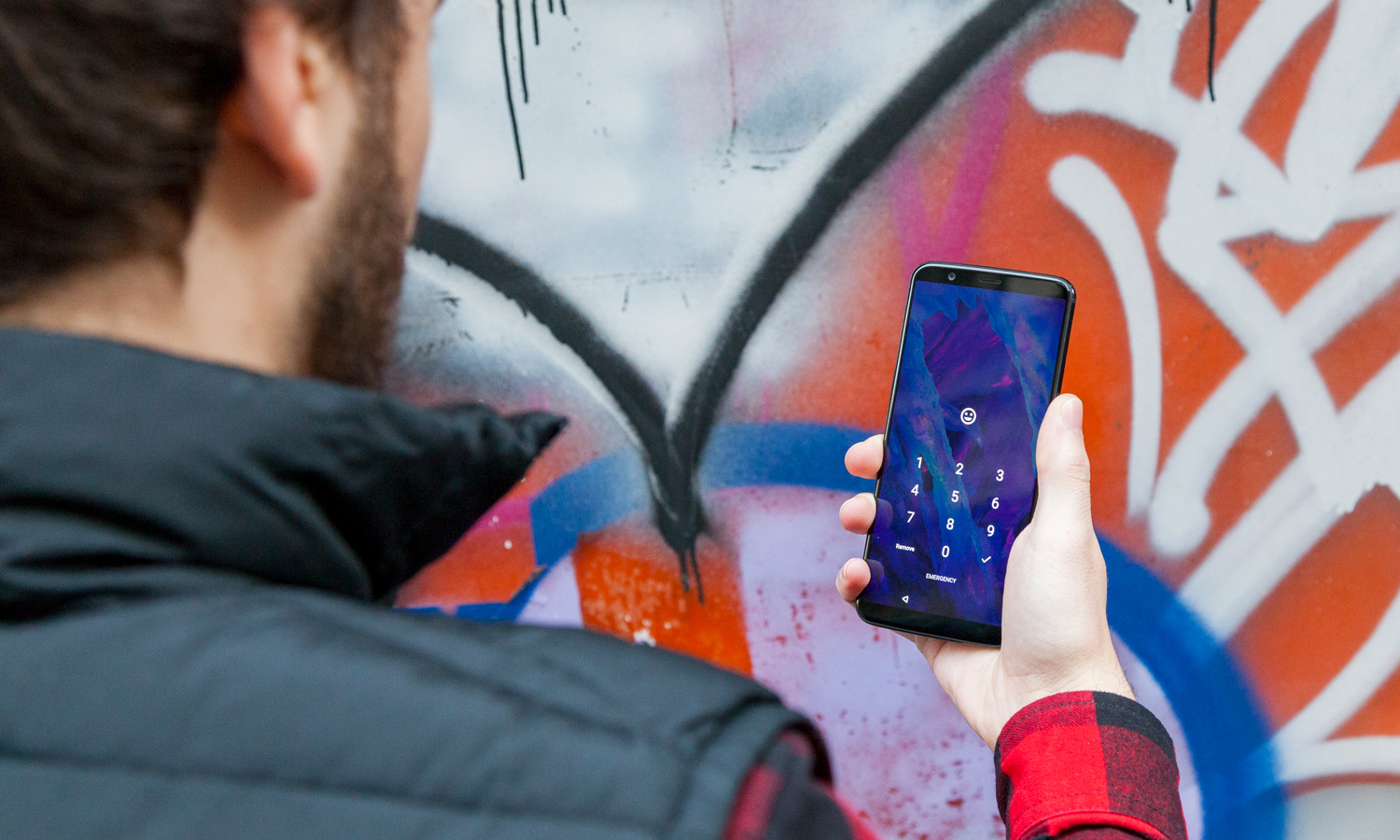
However, enrolling my mug to begin with was at times frustrating. Setting up Face Unlock on one of the units at OnePlus' headquarters worked instantaneously; our loaned device was a different story. Basically, you're told to hold the phone a certain distance across from your face as a progress bar fills. Repeatedly, our 5T got about 80 percent through the process and failed. This happened at least five times, until, inexplicably, it worked. And once it did, I never had problems again.
MORE:Best Unlocked Smartphones
As for those camera enhancements, the 5T employs two shooters around back, just like the OnePlus 5 before it. The difference is that second lens. While the main, 16-megapixel sensor remains unchanged with its f/1.7 aperture, it's now situated next to a 20-megapixel camera with the same wide aperture that replaces the telephoto on the previous model.
This new lens also sports something OnePlus is calling Intelligent Pixel Technology. This feature combines four photodetector sites on the sensor into one, making for larger "pixels" that capture more light — the same thinking behind HTC's UltraPixel system.
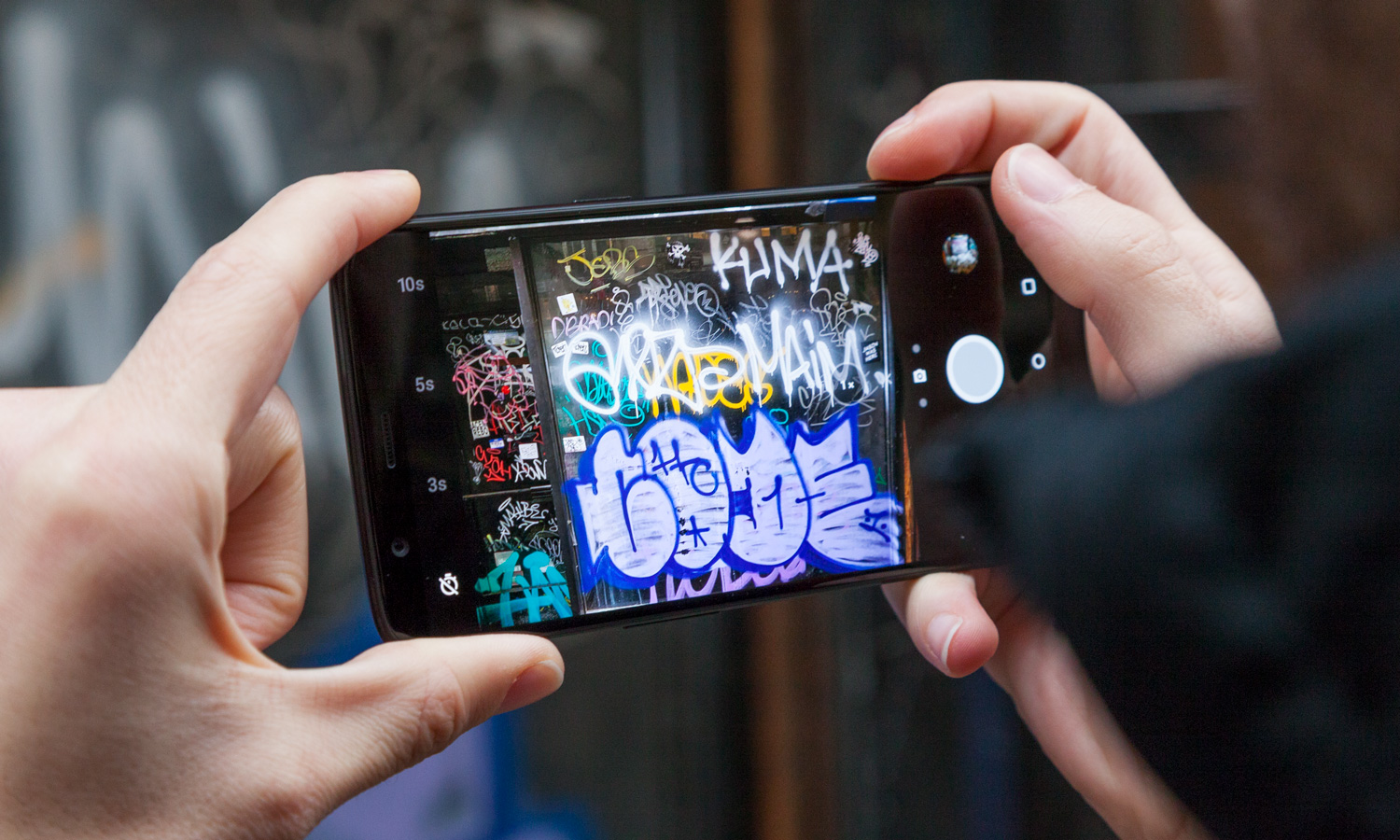
The 5T automatically switches to the second camera in low-light situations. However, in ditching the telephoto lens, the new phone loses its predecessor's 2x optical-zoom capabilities. OnePlus has attempted to make up for this with the addition of its Clear Zoom software, which sharpens and enhances digital zoom. It sort of works, but the resulting images are still noisy, and it's no replacement for the real thing.
OnePlus tells us it has also improved its Portrait Mode algorithms, but otherwise, the photography stack is pretty much the same as before. You still won't find optical image stabilization, for example. Likewise, water resistance hasn't been bolstered; the 5T is still guarded only against splashes, without a proper IP rating.
For software, like all OnePlus products, the 5T favors slight modifications to the core Android experience via OnePlus' Oxygen OS. The device launches out of the box with Android 7.1.1 Nougat, though OnePlus says owners can expect an Oreo beta before the end of the year, with a full release in the first quarter of 2018.
Price and Availability
The OnePlus 5T begins shipping from OnePlus' website on Nov. 21 starting at $499 for the 6GB RAM model with 64GB of storage, a $20 hike from the OnePlus 5's starting price. The 8GB version of the OnePlus 5T, with 128GB of storage, will cost $549.
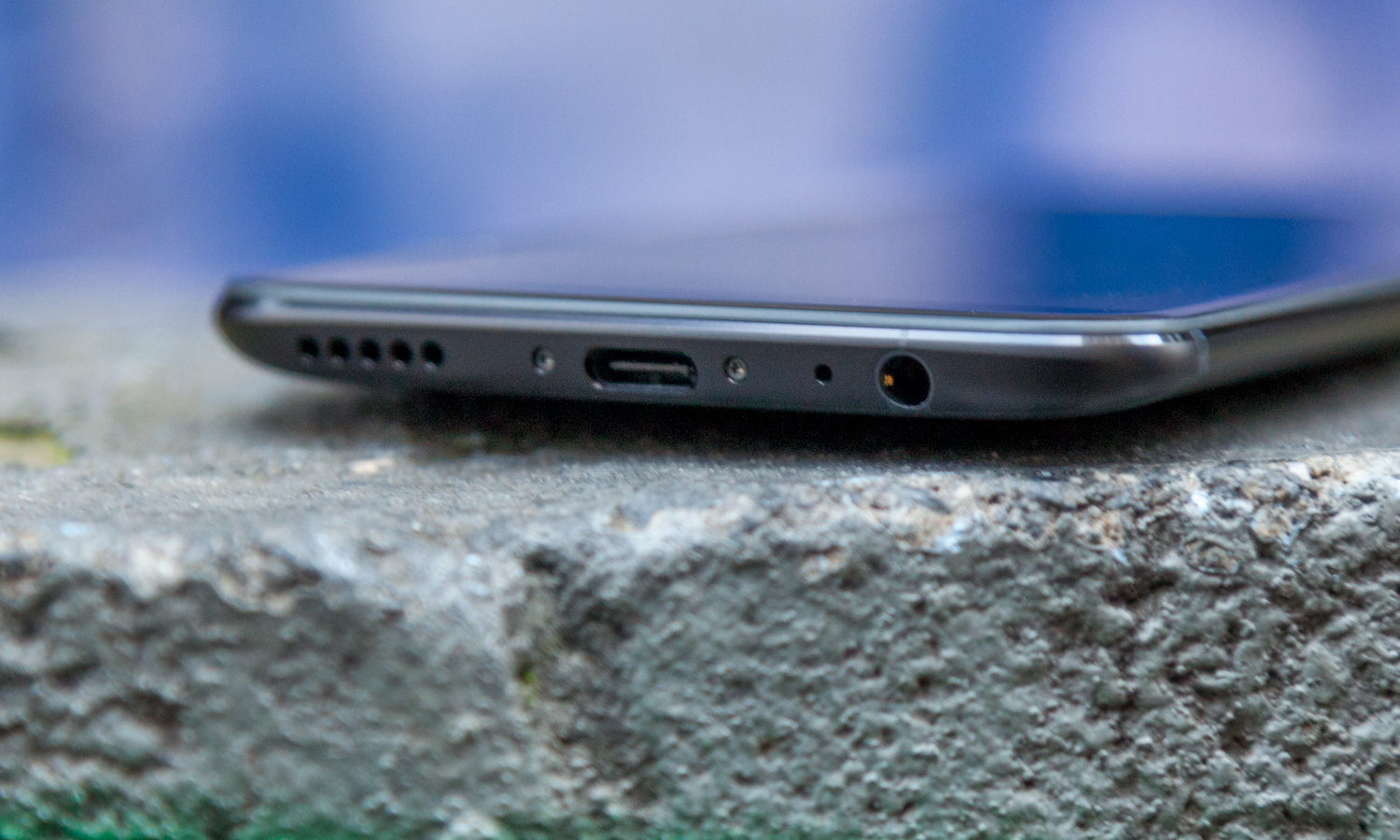
Outlook
The OnePlus 5T doesn't appear to bring enough to sway existing OnePlus 5 owners, but then, that's not the point. This phone clearly targets customers who didn't upgrade to the OnePlus 5, possibly because they were holding out for something with a more expansive display.
With the addition of an 18:9 display, Android's budget darling has a golden opportunity to truly join the ranks of 2017's premier handsets. Will it? Stay tuned for a full review coming soon.
Photo credit: Shaun Lucas/Tom's Guide
Sign up to get the BEST of Tom's Guide direct to your inbox.
Get instant access to breaking news, the hottest reviews, great deals and helpful tips.
Adam Ismail is a staff writer at Jalopnik and previously worked on Tom's Guide covering smartphones, car tech and gaming. His love for all things mobile began with the original Motorola Droid; since then he’s owned a variety of Android and iOS-powered handsets, refusing to stay loyal to one platform. His work has also appeared on Digital Trends and GTPlanet. When he’s not fiddling with the latest devices, he’s at an indie pop show, recording a podcast or playing Sega Dreamcast.
